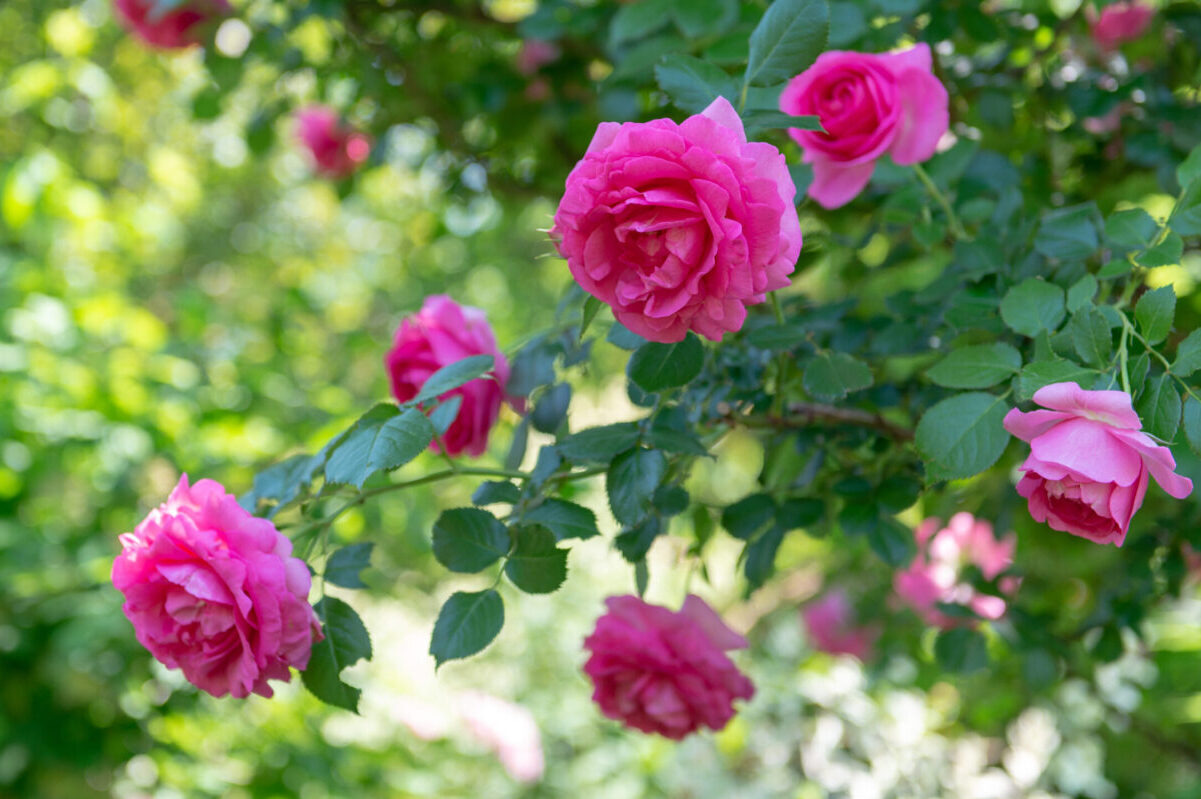This article includes guidelines for pruning English Shrub Roses and other flowering rose shrubberies. We will also discuss the proper way to prune your rose shrubs for them to grow in the best health.
Importance of Pruning
Pruning is necessary to help you rose to survive. Naturally, English roses are robust growers and can grow large with leggy shrubs if left unpruned.
That said, the primary goal of pruning is to develop a shapely, elegant shrub with a strong structure; this can be accomplished by merely cutting portions from the shrub during its dormant season. Pruning promotes new growth and abundant blooms the next season.
The Right Time to Prune
We suggest pruning in the late winter/early spring, just as new growth begins. This usually occurs between January to March. Pruning early is appropriate, but it could be fairly difficult to locate the less stable stems that should be removed. If you have not pruned by April, it is always preferable.
The Right Way to Prune
Pruning conditions differ according to your rose’s age.
If the rose bush is pruned well, it will appear noticeably smaller and bare. Do not be alarmed; the growth will soon re-establish and intensify in the spring.
In the first year, most rose varieties have already finished their first flowering season.
At this point, your rose shrub may still be forming its roots in preparation for future development. Therefore, you will only need to do very light pruning.
- To begin, prune the flowering shoots back by 7-12 cms, as well as any sturdy shoots that are too large or out of proportion to the rest of the plant.
- Then, cut any stems that are dead, decaying, injured, or diseased.
- Finally, clear any remaining leaves. This prevents disease spores from growing dormant until the following year when they will finally pose a threat to your plant.
Now that we have discussed this, bear the following points in mind to ensure optimal pruning:
- It is critical to shape. Attempt to build a rounded shrub.
- Do not be concerned with the location of the stem cut. Cutting only above the joints using a sloping cut is recommended as per conventional wisdom. Then again, there is no proof to support this.
- Don’t be concerned with making drastic cuts. Roses are highly resilient and can regrow even though all stems are cut down to the root.
- Dispose of vegetation with caution. Never compost foliage and strip it from your yard. This means the spores capable of causing disease are eliminated from your garden.
- Keep an eye out for loose flowers. Check your plant for any flowers that have been loose in the field as a result of the wind shaking them to the point of no longer remaining upright. Firm the soil around your plant’s base and trim them even further to minimize wind resistance.

